Ultrafast dynamics in dilute and condensed phases
ATTOLab is a CEA/LIDYL experimental laser platform based at the Orme des Merisiers site, dedicated to interdisciplinary studies of ultrafast dynamics – electronic and nuclear dynamics on femto- (10-15) and atto- (10-18) second time scales – in dilute and condensed phase systems.
ATTOLab is a platform open to national users as part of the PEPR LUMA program, and to European and international users as part of the LASERLAB-EUROPE and Lasers4EU networks.
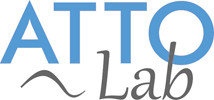
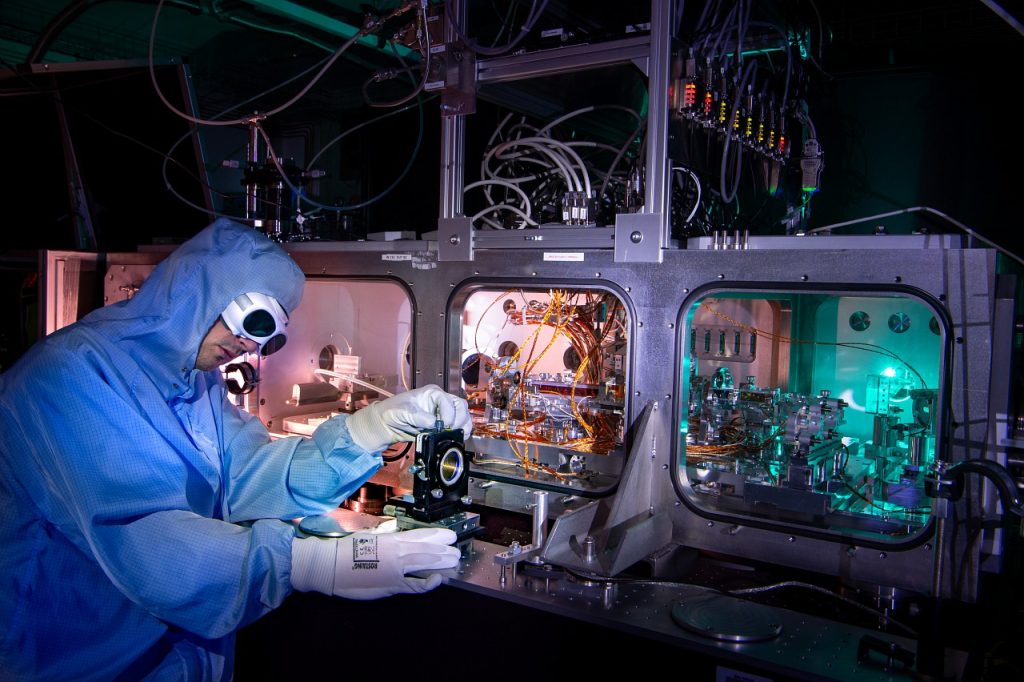
Equipment of excellence
ATTOLab was set up as part of a “équipement d’excellence” (Equipex 2012-2019) funded by the “Investissements d’Avenir” program of the French National Research Agency (ANR). The project brought together several laboratories from Université Paris-Saclay and CY Cergy Paris Université, CEA and CNRS. It was coordinated by LIDYL. Its scope and budget were extended thanks to support from the CEA, local authorities (notably SESAME from the Ile de France Region), Université Paris-Saclay (LIDEX Opt2X), LABEX PALM, and several ANR programs.
Platform description
ATTOLab features three Titanium:Sapphire laser beamlines driving three attosecond XUV beamlines equipped with a series of experimental stations for the study of ultrafast dynamics in dilute and condensed phases. Applications range from weak- and strong-field photoemission dynamics, attosecond entanglement, attochemistry and ultrafast dichroisms to electronic/spin dynamics in quantum materials.
text
text
The rates available in 2023 are 1 kHz and 10 kHz; they will be increased to 40 kHz and 100 kHz in 2024-25 as part of a refurbishment involving the installation of 4 post-compressed Ytterbium lasers with a total power of 260 W, co-financed by the LUMA PEPR and 2 ERC Starting Grants.
3 laser beamlines (Titanium:Sapphire):
- (FAB1) 1 kHz, 25 fs, 15 mJ at 800 nm; (FAB1bis) 1 kHz, 25 fs, 3 mJ at 800 nm; (FAB10) 10 kHz, 25 fs, 2 mJ at 800 nm
- CEP stabilization
- Hollow-fiber post-compression: (FAB1) 3.5 fs, 2.5 mJ at 1 kHz; (FAB1bis) 4 fs, 1.5 mJ at 1 kHz
Upgrade to Ytterbium technology (2024-2025, see below):
- Installation of 4 Ytterbium lasers: 3*80W and 1*20W, ~300 fs at 1030 nm
- Upgrading to 40 – 100 kHz of beamlines currently operating at 1 – 10 kHz
- Post-compression by multipass cells at ~20 fs for all 4 lasers
- Hollow-fiber post-post-compression of the 2 CEP-stabilized lasers at ~6 fs
3 XUV beamlines by generation of high-order harmonics in gases:
- Range 10 eV-130 eV
- Generation of a train of attosecond pulses by selecting a group of XUV harmonics (metal filters, multilayer XUV mirrors)
- Generation of isolated attosecond pulses by post-compressed laser pulses
- Multiscale studies thanks to a unique XUV spectro-temporal selection device enabling switching between 3 operating modes: ‘narrowband/broadband/very broadband’ corresponding to temporal resolutions of 10 fs/1 fs/100 as respectively (10-100 kHz)
- Advanced control of harmonic properties: spatial/temporal/spectral profile, polarization, orbital angular momentum
Experimental stations :
- Dilute phase: Magnetic Bottle Electron Spectrometers (MBES), Velocity Map Imaging Spectrometer (VMIS)
- Condensed phase: EUV spectrometers for transient absorption/reflection, angle-resolved electron spectrometer (ARPES), spin-resolved time-of-flight electron spectrometer (TOF-Spin), liquid-phase time-of-flight electron spectrometer
Fields of application :
- RABBIT attosecond spectroscopy of atomic/molecular gases and of liquid jets
- Ultrafast atomic and molecular photoemission dynamics
- Harmonic spectroscopy of laser-aligned molecules
- Ultrafast entanglement and decoherence dynamics
- Attochemistry: attosecond charge migration and chemical reactivity control
- Spin- and time-resolved ARPES spectroscopy of quantum materials
- Ultrafast transient absorption/reflection spectroscopy
- Ultrafast circular magnetic dichroism
- Ultrafast helical dichroism
Short-term development (2024-25):
Selected as a platform for the ULTRAFAST-LUMA Infrastructure, ATTOLab will benefit from the upgrading of 2 laser beamlines with the installation of 2 post-compressed Ytterbium lasers, which will enhance the reliability and stability of the XUV beamlines, while increasing the maximum reprate to 40-100 kHz from the current 1-10 kHz.
This gain in average XUV rate/power will improve conditions for coincidence studies of charged particles in the gas phase (COLTRIMS, MBES) or space-charge-limited photoemission studies in the condensed phase (ARPES and liquid-phase photoemission).
LIDYL has also recently been awarded 2 ERC Starting Grants: SPINFIELD (“Controlling spin angular momentum with the field of light”, Romain Géneaux, 2021) and SATTOC (“Solution phase attosecond chemistry”, Hugo Marroux, 2022).
They are funding the installation of 2 new attosecond XUV beamlines pumped by post-compressed Ytterbium lasers to study the attosecond dynamics of electron spins in solids and the ultrafast electronic relaxation of biomolecules in solution, respectively.
Publications and Patents illustrating the scientific and technical offer :
“Ultrafast Hidden Spin Polarization Dynamics of Bright and Dark Excitons in 2H-WSe2“, M. Fanciulli et al, Phys. Rev. Lett. 131, 066402 (2023).
“Nonlinear up-conversion of a polarization Möbius strip with half-integer optical angular momentum“, M. Luttmann et al., Science Advances 9, eadf3486 (2023).
“Quantum-Path Resolved Attosecond High-Harmonic Spectroscopy“, A. Camper et al., Phys. Rev. Lett. 130, 083201 (2023).
“Anisotropic dynamics of two-photon ionization: An attosecond movie of photo-emission“, A. Autuori et al., Science Advances 8, eabl7594 (2022).
“Observation of magnetic helicoidal dichroism with extreme ultraviolet light vortices“, M. Fanciulli et al., Phys. Rev. Lett. 128, 077401 (2022).
“Two-dimensional phase cartography for high-harmonic spectroscopy“, A. Camper et al., Optica 8, 308 (2021).
“Spin, time, and angle resolved photoemission spectroscopy on WTe2“, M. Fanciulli et al., Phys. Rev. Research 2, 013261 (2020).
“Quantifying Decoherence in Attosecond Metrology“, C. Bourassin-Bouchet et al., Phys. Rev. X 10, 031048 (2020).
Patent FR3114389: Method and apparatus for controlling the delay between two light pulses on the attosecond scale (2022).
Attosecond beamlines and endstations :
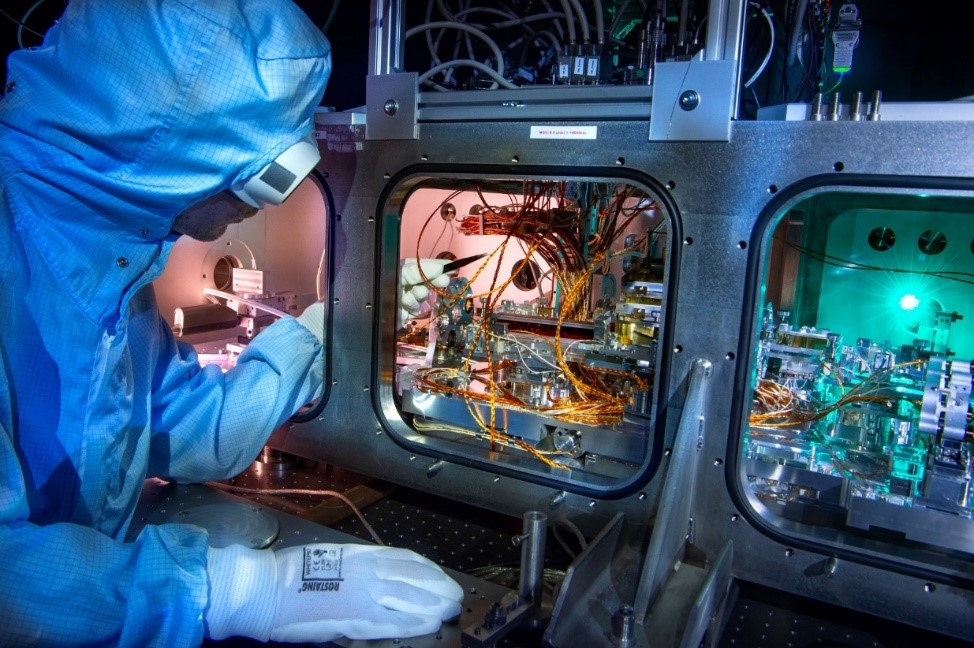
Beamline #1:
XUV fs-as spectro-temporal selector
“Ultrafast photoemission in the solid state: exploring new properties of quantum materials“
David Bresteau et al, Eur. Phys. J. Spec. Top. (2023)
Spin-ARPES endstation:
Access to spin- and time-resolved band structure in 2D materials (TMDCs…)
Mauro Fanciulli et al, PRL (2023)
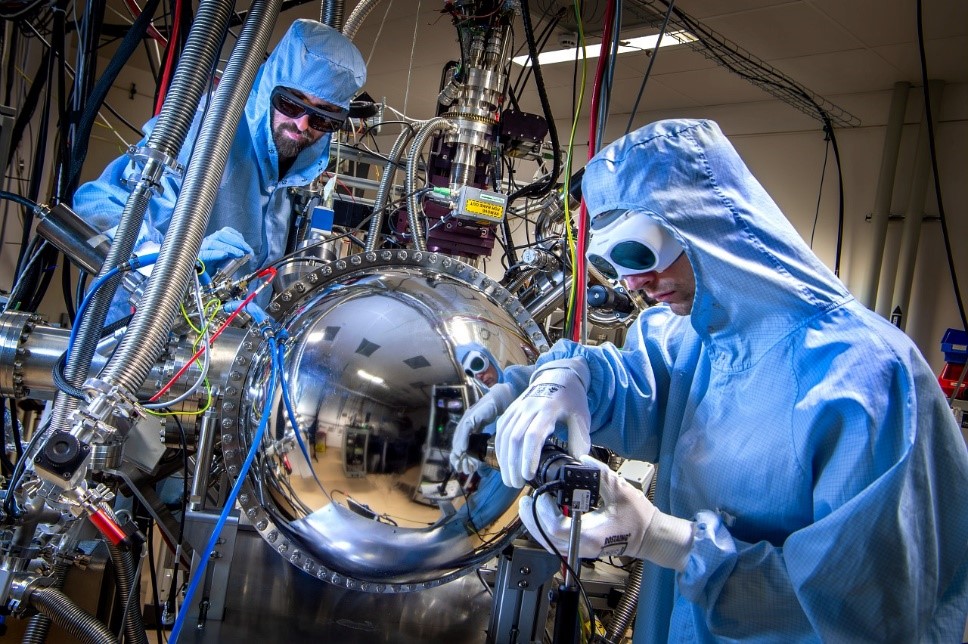
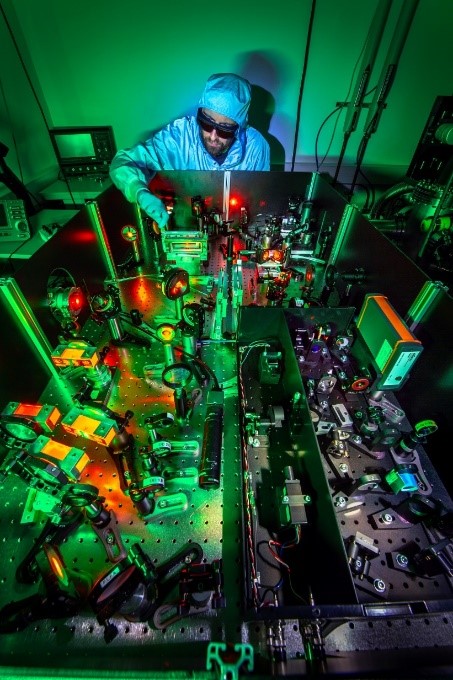
Beamline #2:
Postcompression down to few-cycle pulses
“Ultrafast magnetism and XUV angular momentum”
Attosecond transient absorption/reflection spectroscopy
Project: ERC StG 2021 Romain Géneaux ” SPINFIELD “
Control of spin angular momentum with light field
Project: ANR 2022 Thierry Ruchon ” HELIMAG “
Helical dichroism of magnetic structures
Beamline #3:
Project: ERC StG 2022 Hugo Marroux ” SATTOC “
“Attosecond absorption spectroscopy in liquid phase”
Attosecond chemistry in liquid phase
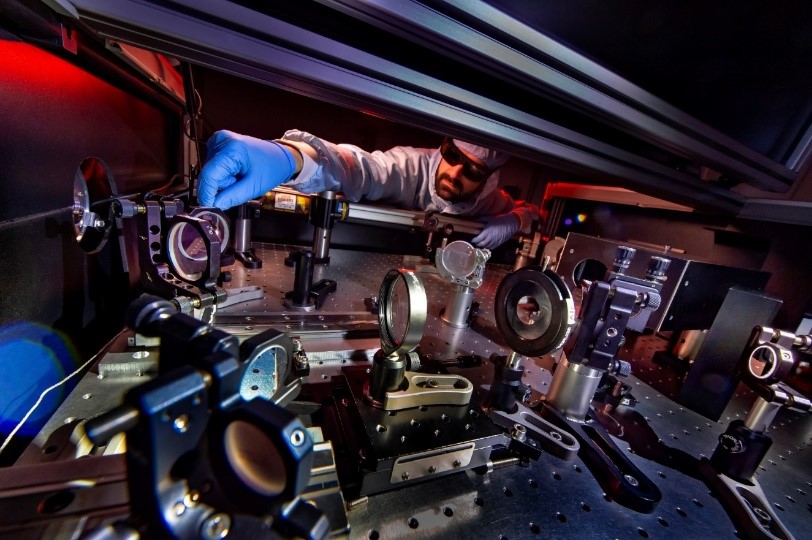
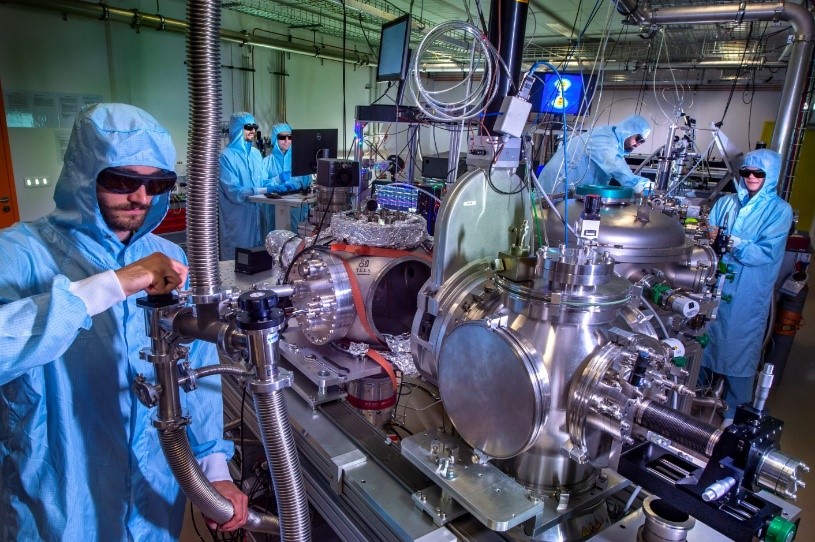
Beamline #4:
Dual-focus configuration enabling synchronous detection in two spectrometers: 2 MBES or MBES+VMIS
“Attosecond photoemission spectroscopy in gas and liquid phases“
Ionization delays and attosecond photoemission dynamics in gases and liquids
A. Autuori et al, Science Advances 8, eabl7594 (2022)
Attosecond entanglement dynamics
C. Bourassin-Bouchet et al, Phys. Rev. X 10, 031048 (2020).
Project: ANR 2020 “DECAP”
DEcyphering Coherence in Attosecond Photoionization
Project: Risky Research 2024 ” IntriQ-ATTO ” Pascal Salières Attosecond Science and quantum entanglement
Further information
Nobel Prize 2023: portrait of Pierre AGOSTINI by his colleagues at CEA Saclay;
Nobel Prize 2023: portrait of Anne L’HUILLIER at CEA Saclay;
Wednesday, December 12, 2018: Symposium in tribute to Bertrand CARRE;
ATTOLab inauguration on Wednesday, February 22, 2017;
2016 : France 3 television news report;
october 06, 2015 – Attolab film: observing the movements of matter at the ultimate scales;


